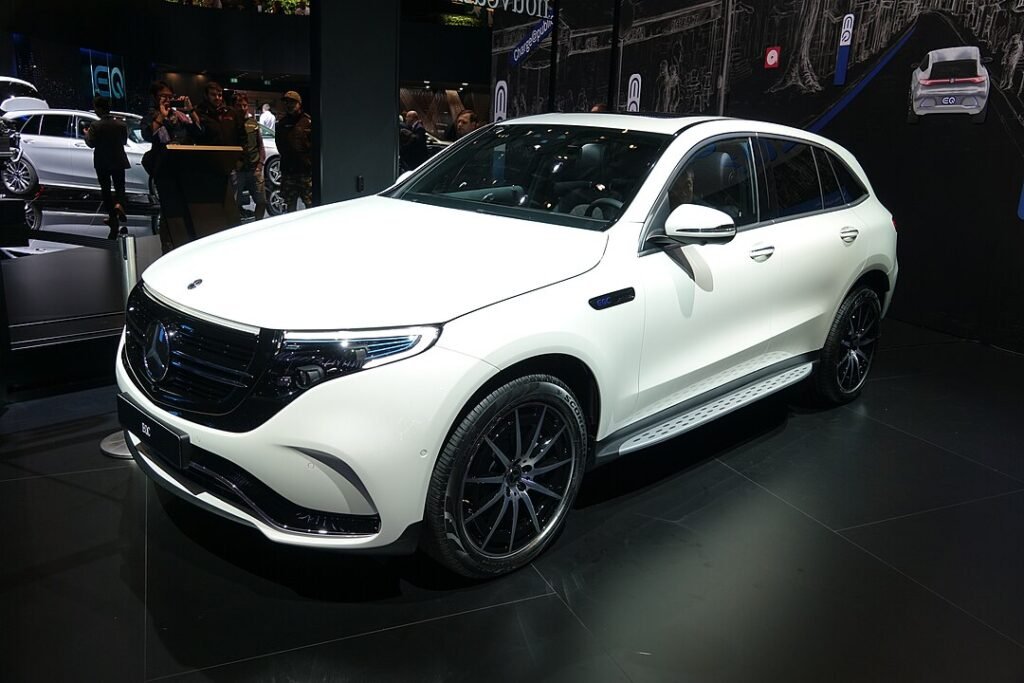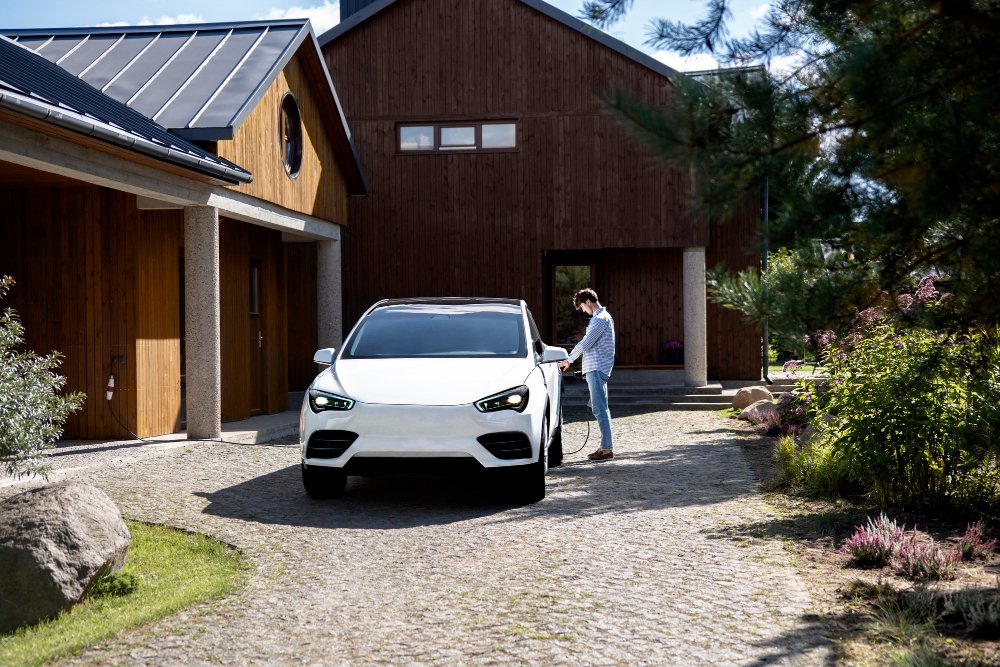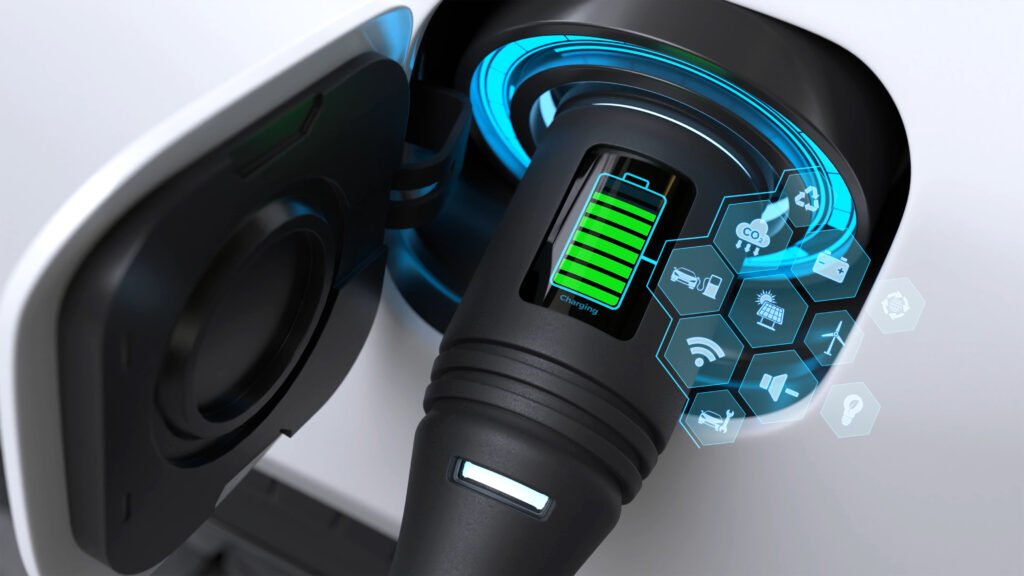As the world moves toward a greener future, luxury automakers are redefining what it means to drive in style. The Electric Car Mercedes-Benz EQC is a pioneering model in this shift, merging German engineering excellence with zero-emission mobility. Introduced as part of the brand’s EQ lineup, the EQC stands as Mercedes-Benz’s first fully electric SUV, offering drivers the comfort, performance, and elegance they expect—without compromising sustainability.
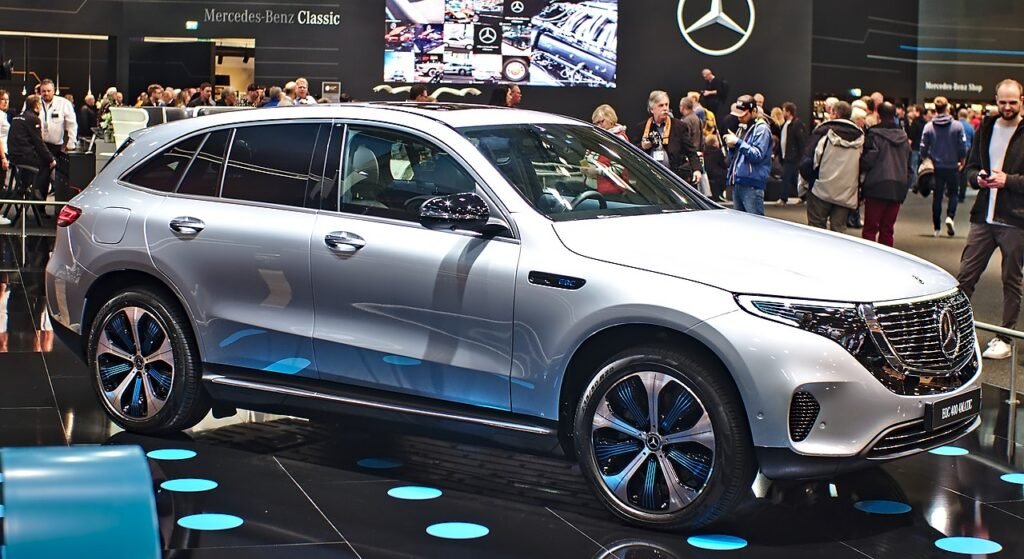
This article takes an in-depth look at the Mercedes-Benz EQC, its core concept, benefits, limitations, real-world applications, and future prospects in the rapidly evolving EV market.
The Concept Behind the Electric Car Mercedes-Benz EQC
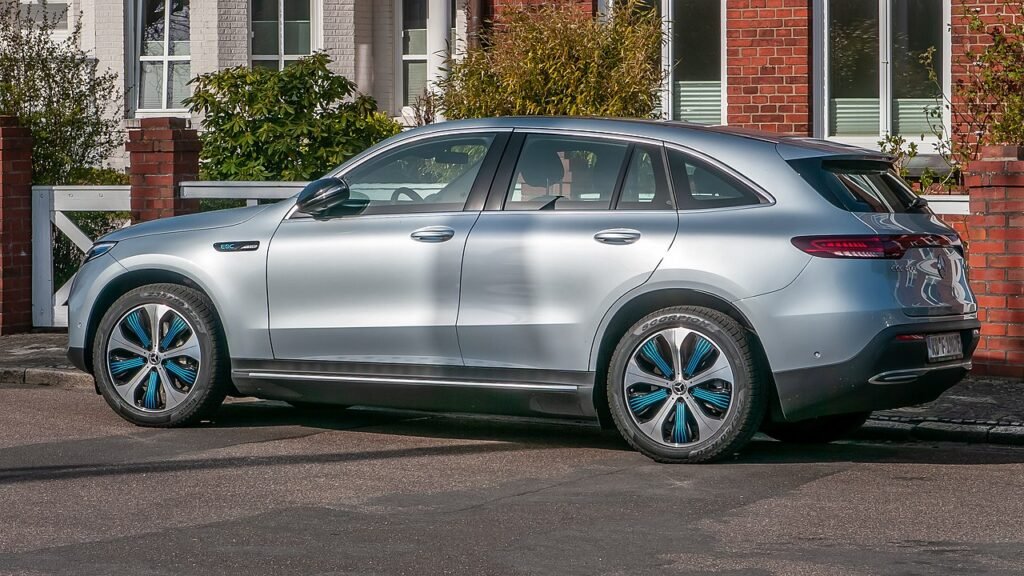
The Mercedes-Benz EQC was unveiled in 2018 as the brand’s flagship entry into the electric vehicle (EV) market. Built on the modified GLC platform, the EQC represents a blend of familiar Mercedes-Benz luxury with cutting-edge electric technology.
It features a dual-motor all-wheel-drive system powered by an 80 kWh lithium-ion battery, producing up to 402 horsepower. With a range of around 220–260 miles per charge (EPA estimates), the EQC balances performance and practicality.
The EQC is also a key player in the Mercedes-Benz EQ family, a sub-brand dedicated to electric mobility. According to Mercedes-Benz, the EQ line aims to transform the brand into a leader in electrification by 2030. The EQC serves as both a showcase of innovation and a stepping stone toward a fully electric portfolio.
Key Benefits of the Mercedes-Benz EQC
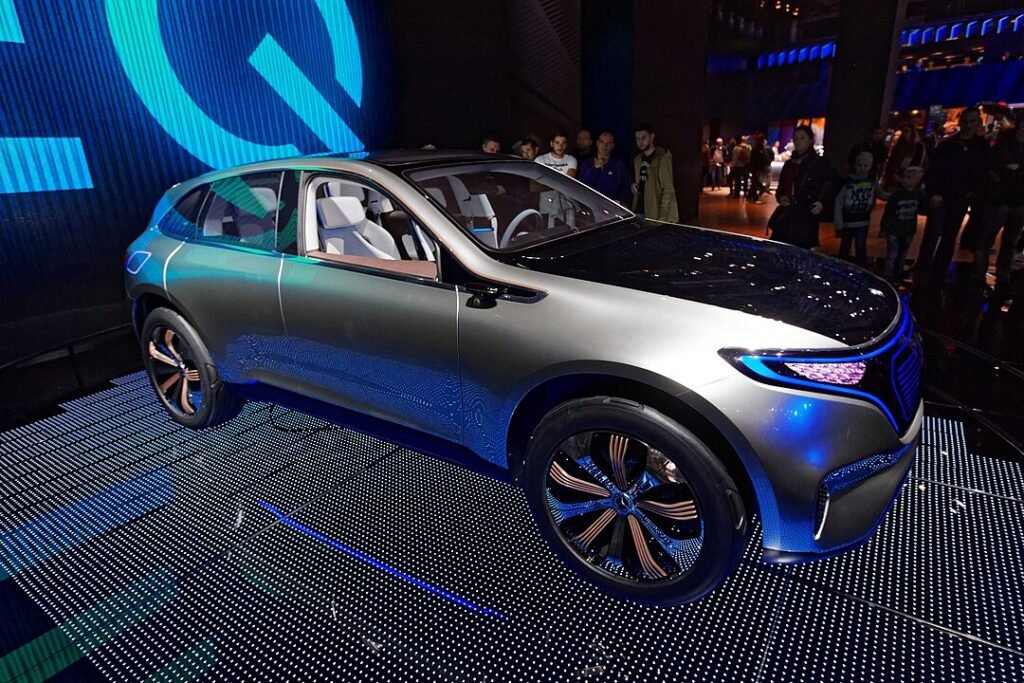
1. Luxury Meets Sustainability
The EQC integrates the premium feel of a Mercedes-Benz with eco-friendly driving. High-quality interiors, ambient lighting, and advanced infotainment systems ensure comfort, while its electric drivetrain supports sustainability.
2. Strong Performance
Equipped with dual motors, the EQC delivers powerful acceleration (0–60 mph in just over 4.5 seconds) while maintaining smooth, quiet driving—ideal for both city commutes and highway travel.
3. Advanced Technology
The SUV features the MBUX (Mercedes-Benz User Experience) infotainment system, voice command controls, and AI-driven personalization. Over-the-air updates keep the car’s systems modern and efficient.
4. Safety First
Mercedes-Benz is renowned for its safety, and the EQC is no exception. It comes with adaptive cruise control, lane-keeping assist, collision avoidance, and advanced driver-assistance systems, reflecting the brand’s focus on driver and passenger protection.
5. Brand Legacy
Owning an EQC means being part of a legacy of innovation. Mercedes-Benz’s reputation for quality craftsmanship ensures the EQC is not only stylish but also durable and reliable.
Challenges and Limitations
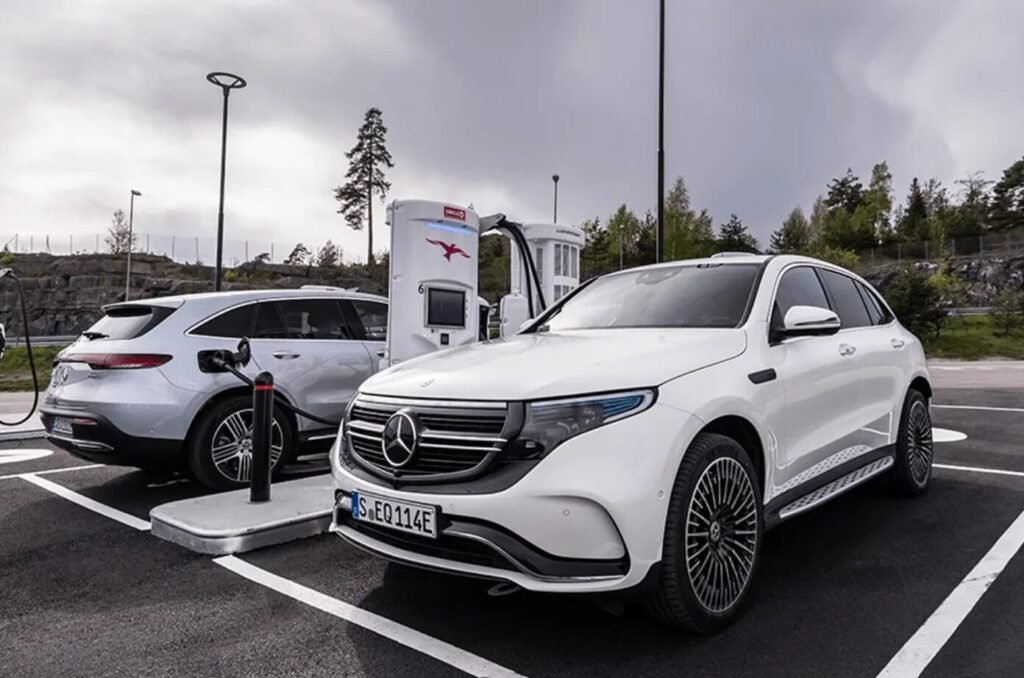
Despite its strengths, the Electric Car Mercedes-Benz EQC faces several challenges:
Real-World Applications and Case Studies
The Mercedes-Benz EQC is ideal for a range of real-world scenarios:
- Family SUV: With a spacious interior, five seats, and advanced safety systems, the EQC suits families seeking a sustainable yet luxurious option.
- Corporate Executives: Companies committed to sustainability may adopt EQC fleets as part of their green initiatives.
- City Drivers: Quiet, smooth acceleration and instant torque make the EQC particularly well-suited for urban environments.
- Eco-Luxury Travelers: Those who enjoy road trips but value luxury can take advantage of its comfort and moderate long-range capability.
In global markets, the EQC has been adopted by eco-conscious drivers who want to balance luxury and responsibility. Compared to rivals, it positions itself as a refined, understated alternative rather than an aggressive performance EV.
Future Trends and Predictions
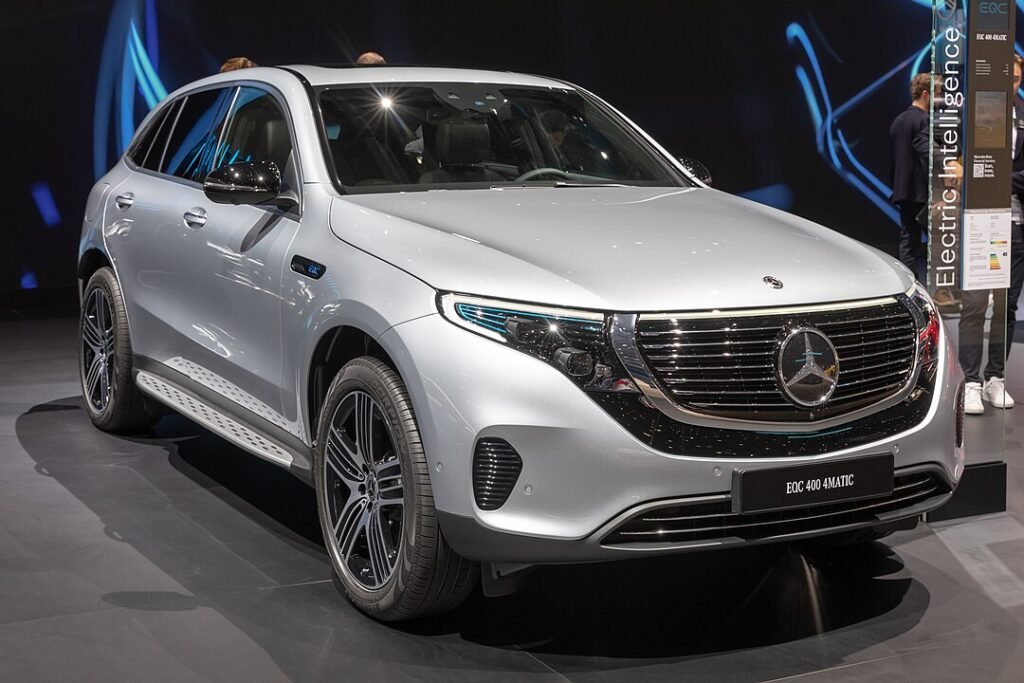
The Electric Car Mercedes-Benz EQC is just the beginning of Mercedes-Benz’s ambitious electrification strategy. By 2030, the company plans to produce only fully electric cars in key markets, expanding its EQ family significantly.
Future iterations of the EQC and similar models are likely to feature:
- Extended driving ranges with improved battery efficiency.
- Faster charging times, reducing downtime on road trips.
- Enhanced autonomous driving capabilities.
- Greater use of recycled and bio-based materials to improve sustainability.
As the EV industry matures, Mercedes-Benz is expected to refine the EQC and expand its influence in the premium EV SUV market. For context, electric vehicles are projected to dominate global car sales in the next decade, and the EQC is a vital step in that direction.
Frequently Asked Questions (FAQ)
What is the range of the Mercedes-Benz EQC?
The EQC offers an EPA-estimated range of around 220–260 miles, depending on conditions and driving style.
How fast can the EQC be charged?
With DC fast charging, the EQC can charge from 10% to 80% in about 40 minutes. Home charging takes longer, typically 8–10 hours with a wallbox.
How much does the Mercedes-Benz EQC cost?
Pricing varies by market, but the EQC generally starts at around $70,000, positioning it as a luxury SUV.
Is the EQC safe?
Yes. The EQC incorporates advanced driver-assistance features, collision prevention systems, and the latest Mercedes-Benz safety technologies.
When was the EQC first released?
The Mercedes-Benz EQC was first unveiled in 2018 and began deliveries in 2019, marking the brand’s official entry into the EV market.
Conclusion
The Electric Car Mercedes-Benz EQC is a milestone in the brand’s journey toward electrification. Combining German engineering, luxury craftsmanship, and sustainable technology, the EQC reflects a new era in driving—where performance and responsibility go hand in hand.
While it faces challenges such as competitive range and premium pricing, the EQC remains a compelling choice for those who value elegance, comfort, and eco-conscious mobility. As Mercedes-Benz expands its EQ lineup, the EQC will be remembered as the trailblazer that launched the brand into the electric age.
For drivers seeking a luxury EV that embodies sustainability without sacrificing style, the EQC is proof that the future of driving can be both green and glamorous.

